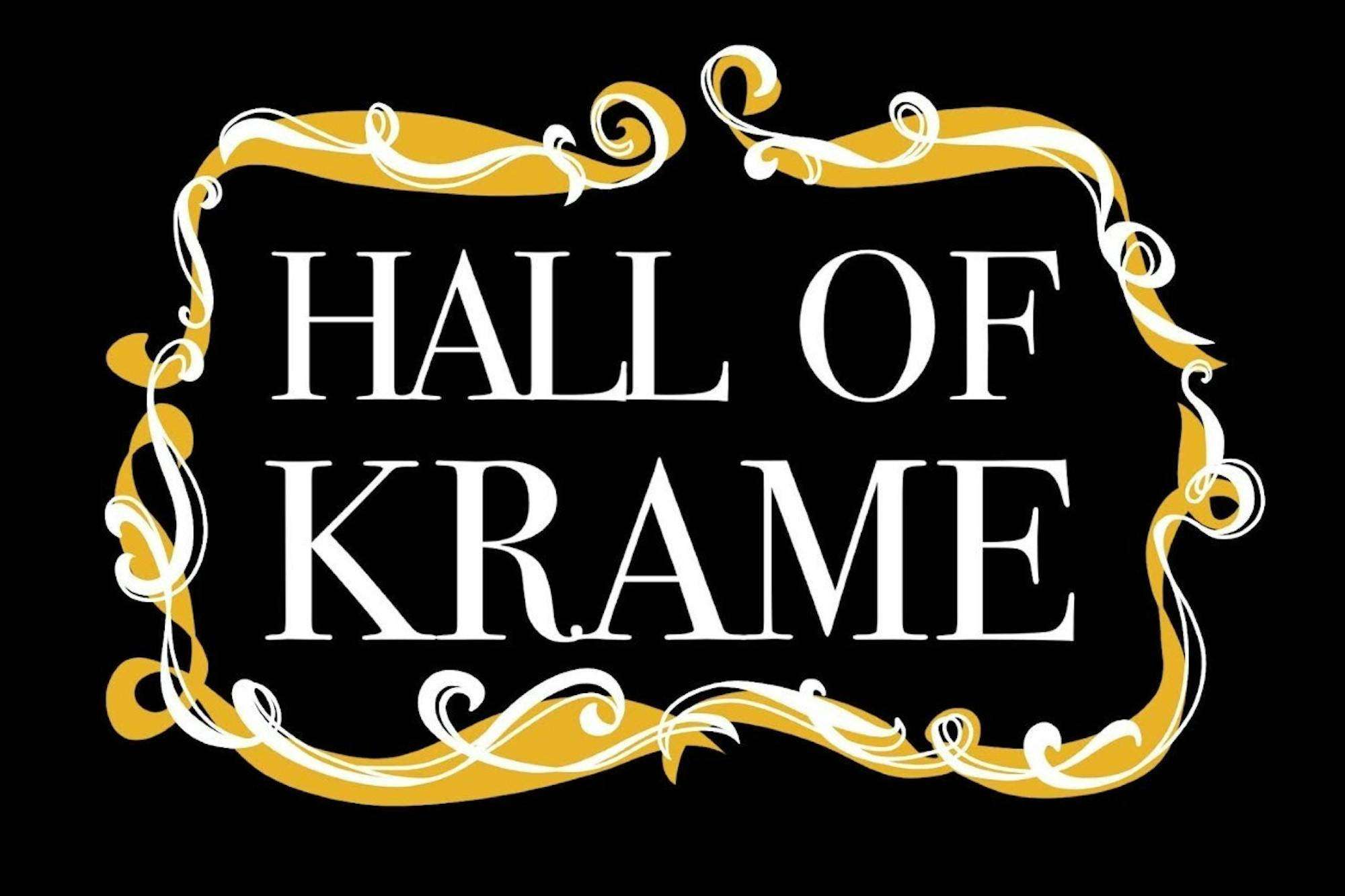Even if Dartmouth had allowed fans at Saturday night’s home win against Brown University, I probably wouldn’t have stayed until the end. I had seen this story play out plenty of times over Dartmouth men’s basketball’s eight-game losing streak. After watching Brown go on a late 9-0 run to cut the lead to four with 3:37 left, it’s for the best that I wasn’t part of a large crowd.
To my surprise, Dartmouth bucked its recent trend of dropping tight games with a late 10-2 run, capped off with fast break dunks from Ryan Cornish ’25 and Garrison Wade ’22, beating the Bears 58-46.
The win was an anomaly in what has been a difficult stretch for the Big Green in closing out winnable games. Dartmouth drew within at least five points of its opponent in the final two minutes of regulation in each of its last seven losses, including four games where the Big Green had the lead with under 3:30 to play.
That includes two losses against Florida Gulf Coast University and Stanford University where the Big Green lost by double digits in overtime — a difficult task in a five-minute extra period. The end of the loss to Stanford near my hometown in California was particularly challenging to watch alongside the sizable Big Green cheering section, as Dartmouth squandered an improbable seven-point lead in the final minute of regulation before being bulldozed in extra time.
Put a different way, Dartmouth was outscored by an average of five points per game after the second-half 10-minute mark in its seven-consecutive narrow defeats. The Big Green only lost by an average of 3.37 points in those games and was within striking distance in all of them.
There are two ways to look at Dartmouth’s struggles in close games before Saturday night: a pessimistic view and a more optimistic outlook.
It’s easy to look at the negative and assume Dartmouth just can’t close out games. The Big Green held off Georgetown University and scraped past Bryant University in overtime at the start of its season, but it seems unlikely that chance alone led to losses in eight straight games, seven of which were well within reach.
Part of the issue has been that Dartmouth gets to the line less frequently than almost any other team in the nation. Dartmouth has averaged only 13 free throws per game, ranking 341st out of 358 Division I teams, and its free throw rate (free throws attempted divided by field goals attempted) is fifth-worst in the Ivy League at 18.5% — 11.4 percentage points worse than league average. It will continue to be challenging for the Big Green to spark late comebacks without being able to stop the clock at the free throw line. Dartmouth will need more nights like Saturday where the team attempted a season-high 17 free throws.
The team’s low free throw rate is no certainty to regress to the mean, although it should improve at least somewhat. Dartmouth had a 27.4% free throw rate in 2019-20 and 24.8% in 2018-19, but ranked toward the bottom of Division I at 300th and 335th in those years, respectively.
On the plus side, though, if Dartmouth is able to get to the line more often, its odds in close games should improve dramatically. The Big Green’s 76.1% free throw percentage leads the Ivy League by 3%, and the team’s opponent free throw percentage is only 68.8%, which is the second-lowest mark in the conference. Don’t be too quick to write off Dartmouth’s “free throw defense” as a blip: The last full season Dartmouth played, its 64.2% opponent field goal percentage ranked No. 3 in the nation.
Moreover, if just a few more shots had fallen during the Big Green’s losing streak, Dartmouth could easily have a couple more wins under its belt. Aaryn Rai ’21 and Cornish both had 3-point looks to tie the game against Quinnipiac University last month, and Rai had a solid look from deep to tie the game against Boston University as well in a game the Big Green still led with under 20 seconds left. If Stanford freshman Harrison Ingram’s last-second post move hadn’t rolled in off the rim, we would instead be discussing one of Dartmouth’s biggest upsets in years. Brendan Barry ’20 has already hit two huge 3-pointers to send games into overtime this season, and one would expect his teammates will have some better luck late as the season goes on.
It’s insufficient to classify seven consecutive close losses as simply a matter of Dartmouth coming up short in “clutch” situations. Although Dartmouth’s poor free throw rate provides some statistical explanation for its late-game struggles, and the team has occasionally floundered in its execution of a game plan to close out victories with some costly turnovers, pure chance has also frequently gone against the Big Green. Two late steals from Cornish and Barry made the difference in Saturday night’s game, and it’s likely that Dartmouth’s performance late in games will approach its level of play in the first 30 minutes.
The pattern of seven straight losses in close games was concerning, to be sure, but whenever the College opens up its games to the public, I’ll stick around until the final buzzer.




